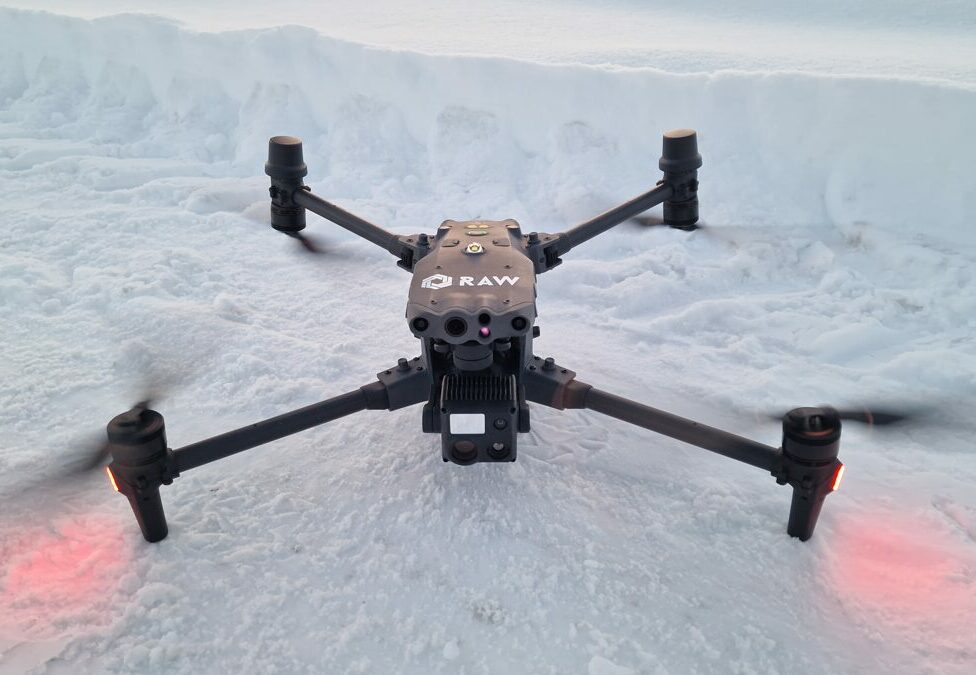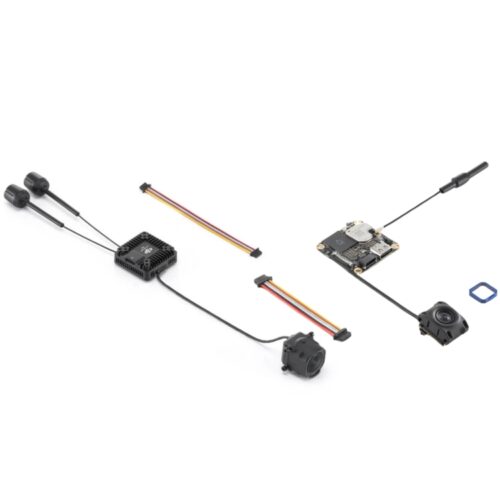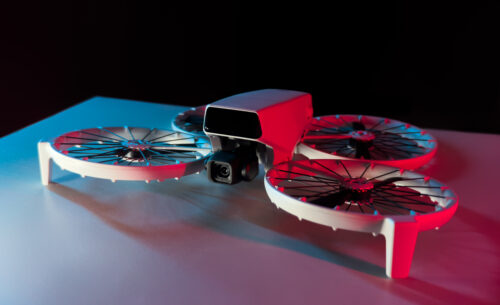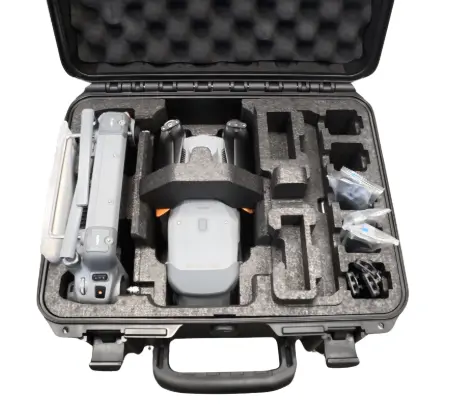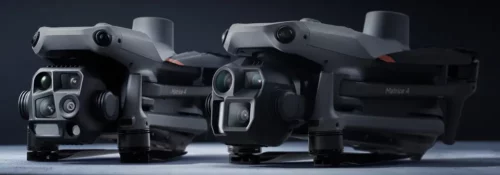Can you fly a drone in winter?
< Atpakaļ uz sarakstu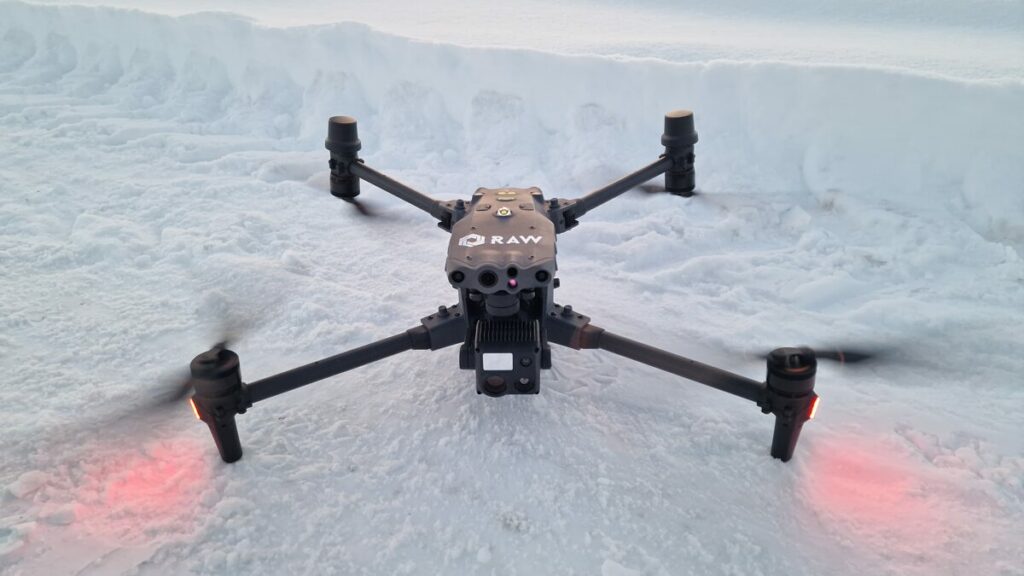
You may ask, is it allowed to fly drones in winter?
We can confidently tell you, yes! DJI Enterprise commercial drones are designed to ensure flights are possible even in extreme conditions and scenarios. That’s why DJI Enterprise has compiled the most common drone issues caused by cold weather and tips to follow before, during, and after the flight to ensure smooth flying in all seasons.


The most common problems for drones when flying in cold weather
Low temperatures and drone batteries are a bad combination
DJI drones use lithium batteries, which experience increased internal resistance when the temperature drops below 15°C (59°F). As a result, the batteries may not perform as they should, with reduced discharge power and voltage during use. Additionally, if the voltage drops significantly during flight, the drone may struggle to maintain high speeds at maximum thrust. Therefore, continuing to fly with a low battery level increases the risk of a power failure.
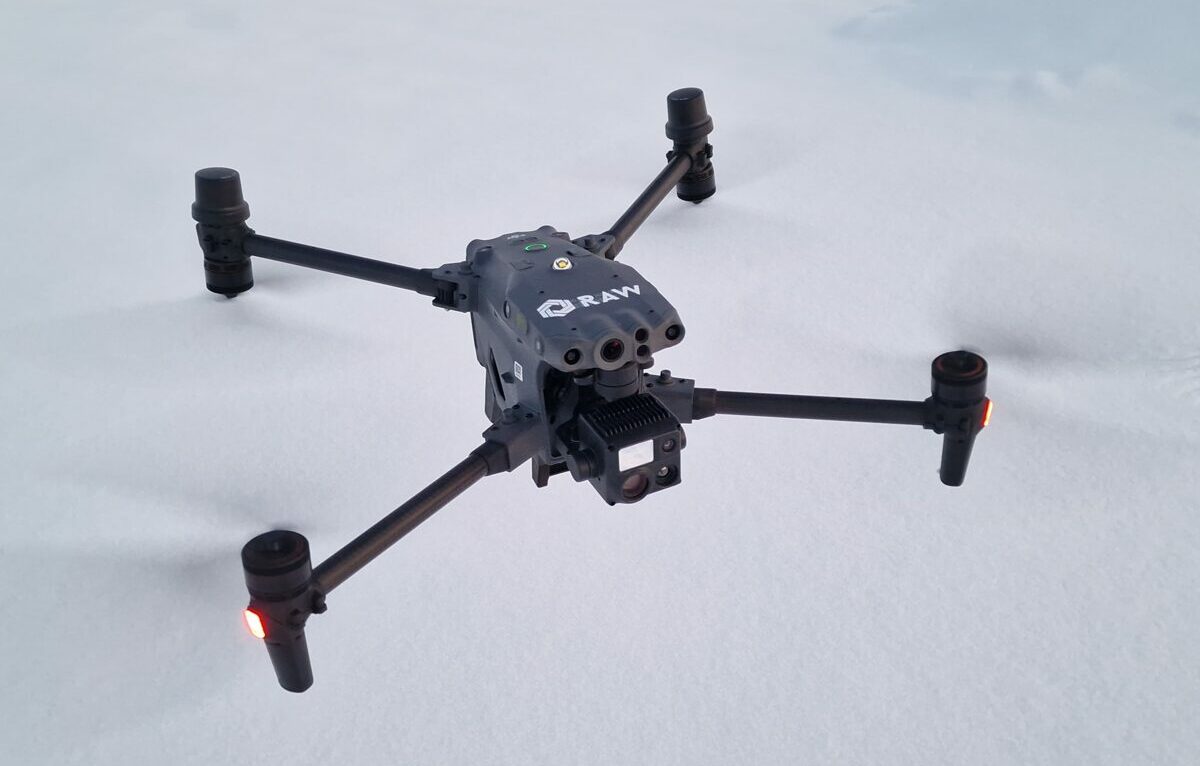

Extreme cold and snow can cause flight control system errors
The flight control system consists of a set of sensitive instruments, including vision sensors, ultrasonic sensors, and an IMU (which contains a gyroscope, thermometer, accelerometer, and barometer). Snow and ice can accidentally obstruct and interfere with the operation of these sensors, thus affecting the flight control system. Additionally, the reflective properties of snow and drastic temperature differences can impact the environmental data collected by these sensors, potentially affecting the normal operation of the flight control system.
Temperature changes can affect the performance of gimbal devices

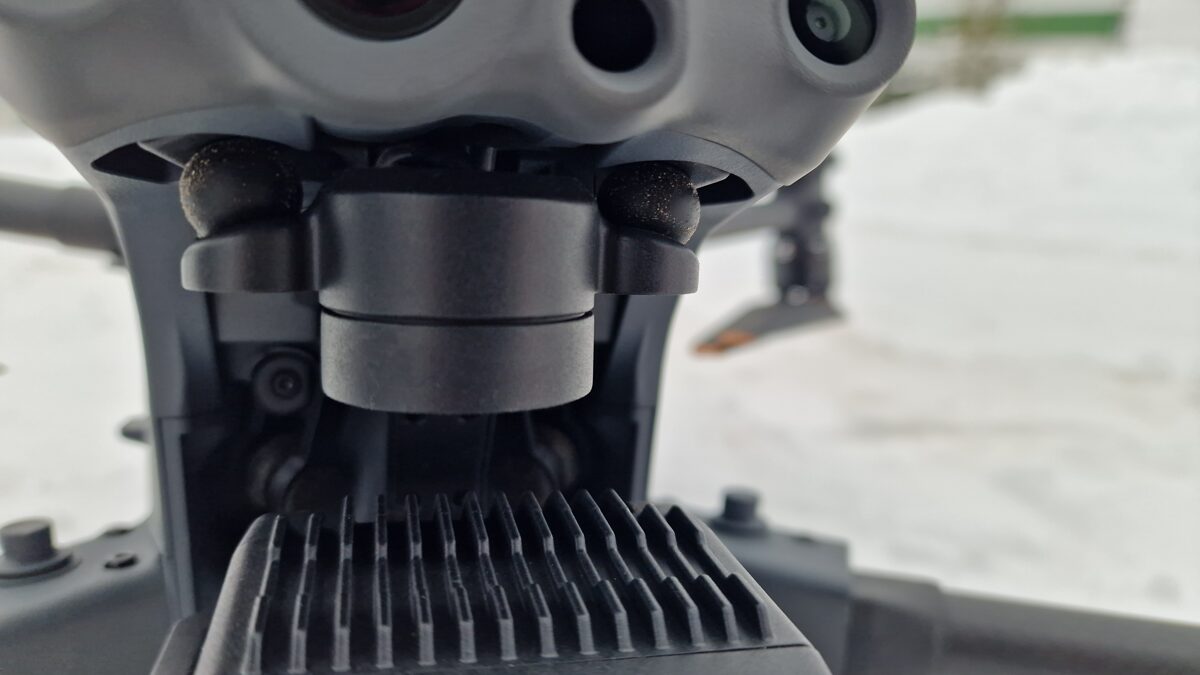
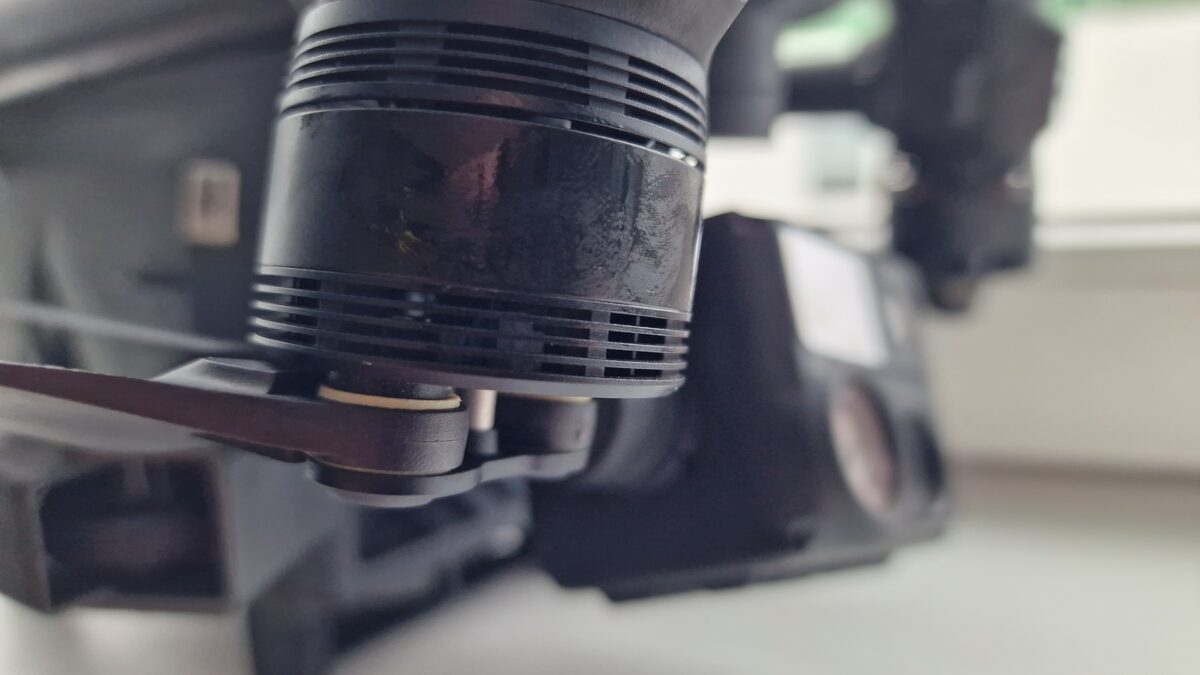
1. When the temperature and humidity of the drone’s operating environment change, the camera lens may fog up, affecting the quality of photos and videos.
2. Upon entering a warm room from a cold outdoor environment, small water droplets may form on the surface of the gimbal due to condensation, which can seep in and damage the electronics.
3. Cold environments accelerate the aging of the gimbal’s shock absorber rubber, as well as the hardening of the damping lubricant. This can affect the quality of the gimbal’s stabilization and potentially cause image blurring.
Recommendations for using drones during winter
Pre-flight preparation
Fully charge the batteries
Before takeoff, ensure the batteries are fully charged and verify that the battery voltage meets the required standards.
Preheat the battery
Use a battery preheater or turn on the battery in advance to warm it up to at least 15°C (59°F), reducing the internal resistance of the battery.
Remove ice and snow from the drone
Clear snow and ice from the surface of the aircraft. If any liquid has gotten on the sensors, wipe it off immediately to prevent freezing due to low temperatures.
Warm up the drone
After turning on the drone, warm it up for about 1 minute before flight to ensure the sensors are functioning properly. If the installed sensor lens fogs up, turn on the drone to warm it up and disperse any moisture on the lens.
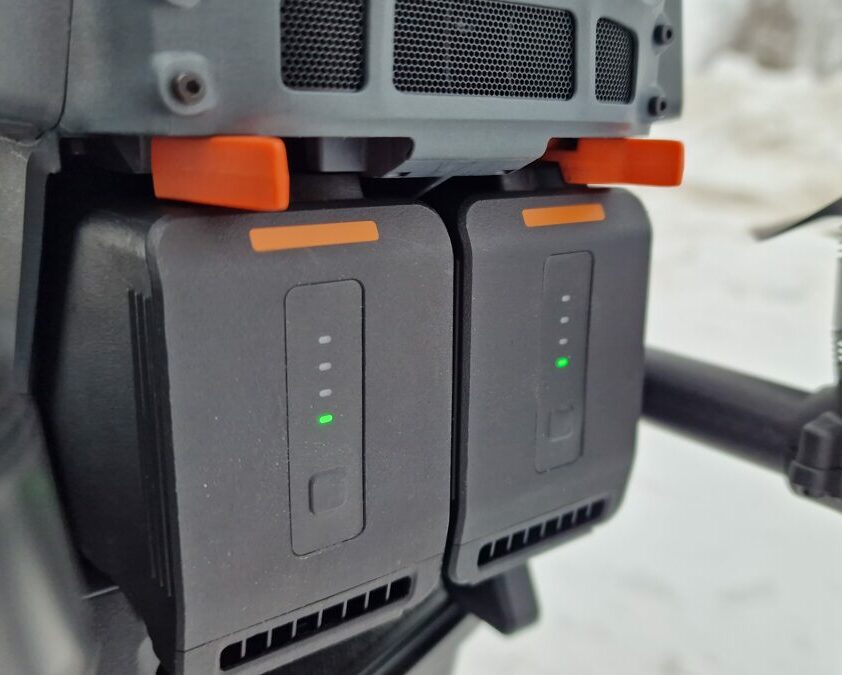
Flying Recommendations
Hover in place to warm up
During your first takeoff, try to hover in place for about 1 minute to fully warm up the battery.
Monitor battery charge level changes
Avoid flying the drone with a low battery level and reserve more battery power for the Return-to-Home (RTH) process than you would under normal temperature conditions.
Fly smoothly
To prevent a sudden drop in battery voltage, avoid flying at high speeds with maximum thrust for prolonged periods.
Be cautious of changes in the flight environment
Avoid flying in environments with drastic temperature changes to prevent various safety hazards, such as sensor errors and component icing. Additionally, to prevent visual sensor malfunctions, avoid flying at low altitudes (within 5 meters) over thick or highly reflective snow.
Operate the drone responsibly
Pay attention to information about extreme weather conditions, such as severe cold and snowstorms. If the flight app requests safety alerts while in the air, land the drone immediately.
Drone storage and maintenance after flight
Immediately wipe the drone to keep it dry
Temperature differences when entering a warm room from a cold outdoor environment can cause condensation on the drone’s surfaces, such as the battery and lens. Therefore, immediately wipe and dry the drone after flight to avoid damage to its electronic components.
Store the drone in a safe place
After the flight, place the drone back in its protective case and store it in a dry indoor environment with a stable temperature between 5 and 20°C (41-68°F). Avoid storing the drone in direct sunlight.
Perform regular maintenance and inspections
Cold operating environments accelerate the aging and damage of individual components. By conducting regular professional maintenance inspections, most issues can be detected and addressed in time, ensuring safe and effective drone operation during winter.
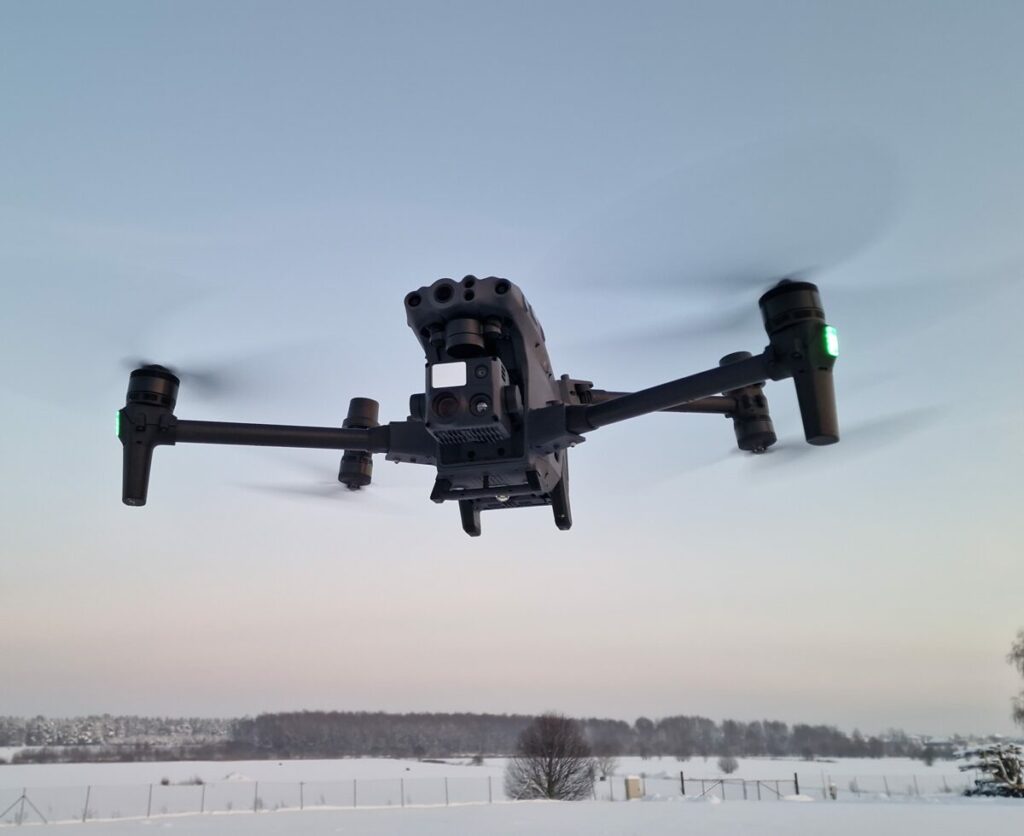
Cold Weather Recommendations for Drone Pilots
Pilots working in cold conditions should wear sufficiently warm and windproof clothing. When flying in icy or snowy environments, pilots may also wear protective goggles to prevent eye and vision hazards caused by light reflection.
Most Suitable Drones for Flying in Low Temperatures
For harsh environments, a rugged drone is required. The Matrice 300 RTK was designed to operate safely even in the most challenging conditions. To ensure its reliability and durability in cold weather, the M300 RTK underwent rigorous laboratory weather resistance testing. See the table below for details on the tests the M300 RTK has passed.

